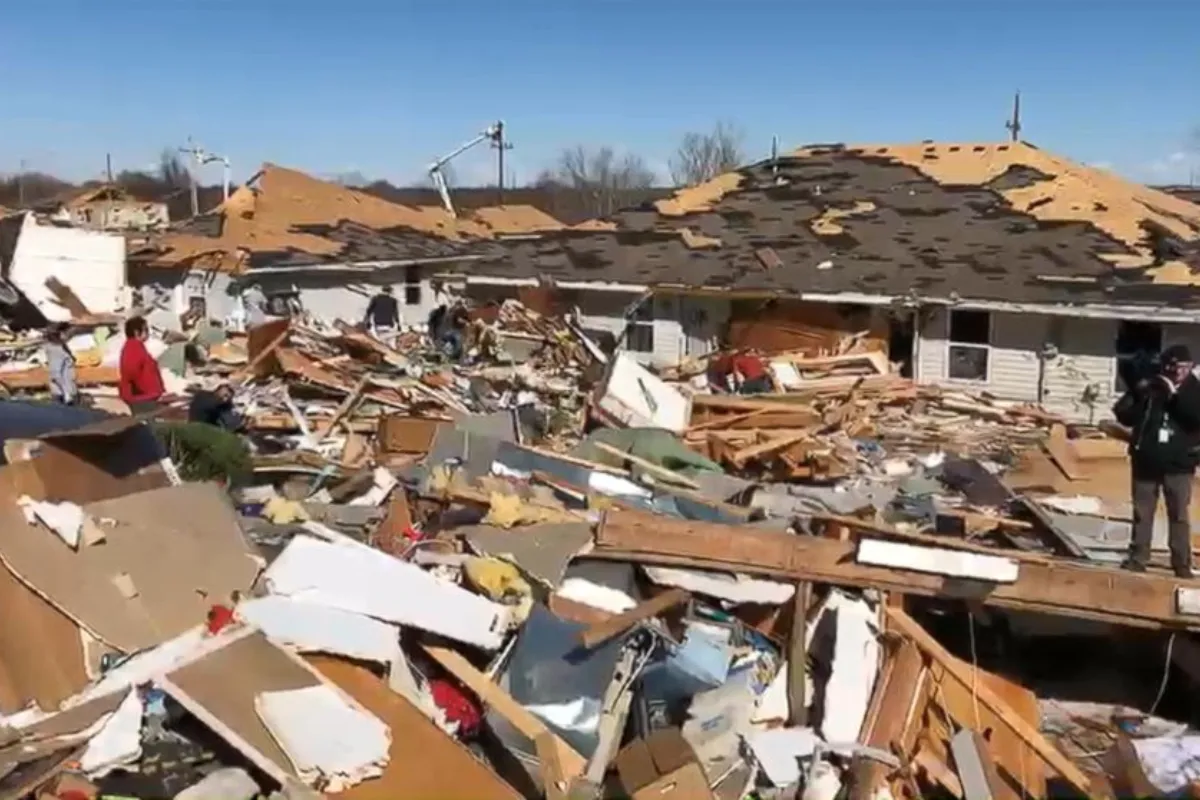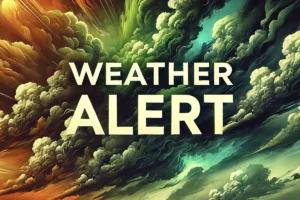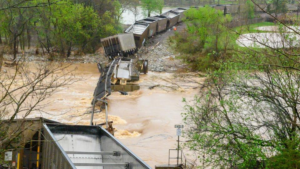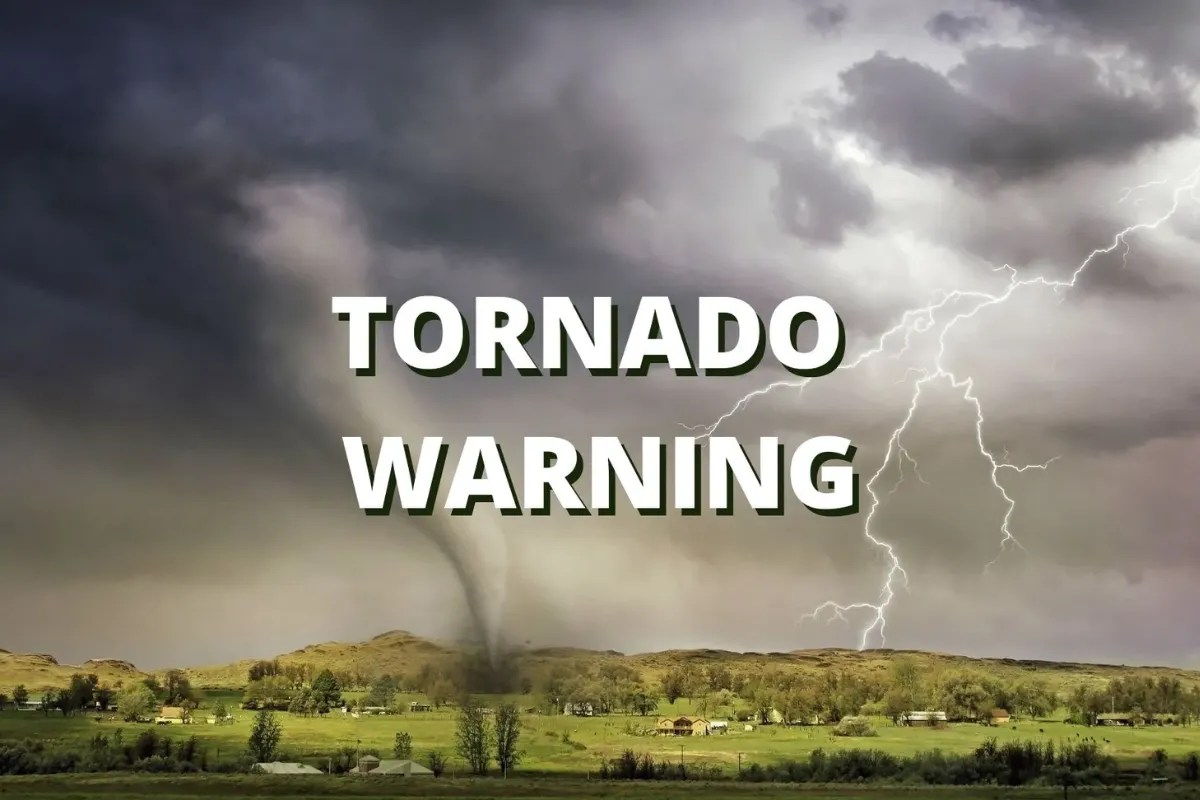The iconic flying WV logo in front of the Rich/Gutta building on Patteson Drive and University Avenue stood as a silent witness to nature’s fury on Sunday. The symbol, scorched and battered, was the aftermath of a storm that tore through Morgantown on Saturday night, leaving a trail of destruction in its wake.
What hit Morgantown and the broader north-central West Virginia region wasn’t a typical summer thunderstorm. It was a fast-moving microburst—a fierce and sudden downdraft of wind—packing gusts that topped out at a staggering 70 miles per hour.
Residents who had gone to bed expecting rain were jolted awake by the howling wind, the crash of falling trees, and, in many areas, the complete loss of power. What started as an ordinary summer evening quickly turned into a night of chaos and concern.
The Rich/Gutta building, a well-known spot in the city, became a symbol of the storm’s power. The flaming remains of the flying WV logo, captured in a striking photo by Ron Rittenhouse, brought home the sheer intensity of what Morgantown experienced.
“Everything happened so fast,” said one resident who lives near the intersection. “The wind sounded like a freight train. Trees were snapping, power lines were sparking—it was terrifying.”
The National Weather Service confirmed that the destructive winds were caused by a microburst, not a tornado. Microbursts are localized but incredibly powerful wind events that can be just as damaging as tornadoes, though they’re less talked about. This one ripped through the area with little warning, knocking down trees, flipping signs, and leaving roads impassable.
Utility crews from across the region have been working nonstop to restore power. By Sunday afternoon, thousands of homes and businesses remained in the dark, and downed lines continued to pose hazards to residents and first responders.
Emergency management officials said the hardest-hit areas are dealing not just with power outages but with significant structural damage. Several buildings suffered roof damage, and debris littered streets across the city.
Public works crews spent Sunday clearing fallen branches and removing hazards from roadways. In some neighborhoods, access was blocked entirely for hours until emergency services could reach them.
City officials praised the rapid response from both utility and emergency personnel. “Our crews have been working around the clock to assess damage and restore essential services,” said a city spokesperson. “We ask for the public’s patience as we continue recovery efforts.”
Despite the destruction, there have been no reports of serious injuries—a small miracle considering the speed and strength of the storm. Still, many residents are dealing with damaged property, spoiled food, and the uncertainty of when power and normalcy will return.
For students at West Virginia University, many of whom were enjoying a quiet weekend before summer classes begin, the storm was a shock. “We didn’t know what was going on,” said a student living in off-campus housing. “The power went out, the alarms started going off, and we just tried to stay safe.”
The WVU campus itself reported minor damage but avoided any major incidents. School officials are assessing the situation and preparing to offer support to affected students.
Meteorologists are now examining radar and weather data to determine the exact path and strength of the storm. Microbursts can form in minutes and leave devastation in seconds, which makes them especially hard to predict and respond to.
As the city begins cleanup, local residents are also reflecting on the unpredictability of severe weather. Many say they’ll now take future storm warnings more seriously.
“I’ve lived in Morgantown all my life,” said one local. “We’ve had storms before, but nothing like this. It’s a reminder that we need to be prepared for anything.”
In the meantime, the blackened and damaged flying WV logo serves as a powerful image of the storm’s wrath—and the resilience of a community now working to rebuild.
As of Monday, weather conditions are expected to stabilize, giving Morgantown a chance to recover. Local shelters and emergency resources remain open for those in need.
And while the skies may have cleared, the memory of Saturday night’s storm will linger long after the last fallen tree is removed.














